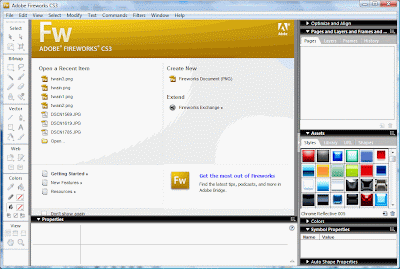Wow the semester flew by and so did the digital media class. I still cannot believe thirteen weeks went by. When I first got my schedule I did not know exactly what digital media was however, after my first lecture and lab on week one, I know exactly what was going to happen throughout the thirteen weeks. I loved the course because it gave me a chance to learn software I was not normally accustomed to. What I really enjoyed about the lectures is the history that we learned on a week to week basis. Every week Professor Lori would deal with a topic and give us a breakdown of it, along with examples. This was really helpful because I knew what to expect in the labs. The labs were great because they provided a small class who could interact with the professor and always asks questions. Professor Henry Warwick always took the time to answer questions while doing the tutorials. If I ever had a question which I had many over the twelve weeks Henry or lab assistant Joanna would always happily answer my question and lead me in the right direction. The lecture and labs were really helpful for me as I learned how to use fireworks, flash, CSS and Dreamweaver efficiently enough to understand how they work and what their purpose is. When I first started this course I was worried because I knew very little about these software applications and realized that all assignments were worth a great deal. However, the tutorials really helped as I got to ask questions so that when I worked on it at home, I knew exactly what I was doing.
What needs to be changed or improved
The only thing I would recommend in the digital media course is flexible hours for extra help. On a couple of occasions in the begining of the semster I wanted to ask a question or get help but the hours were against my schedule and were only offered later on the day. The problem was I live an hour and half away from Ryerson and staying after six o’clock was a little too late for me. However my problem was solved when half way through the semster flexible hours were offered which made a lot of people happy.
The labs and lectures were very successful and further enhanced my knowledge on digital media. Through the tutorials and Professor Henry and Joanna’s assistance I also became skilled in Fireworks, Flash and Dreamweaver.
In what ways has this course changed me?
This course has changed me in many ways. It has made me realize that hard work, patience and dedication is required when using new software. All software required patience and dedication as they were not easy programs to work with. The tutorials helped but there is so much a tutorial can do. A student must ask questions and experiment with the program in order to learn. Like they say practice makes perfect. If one follows a tutorial and does an assignment only using what they learnt in tutorial classes that person will get a satisfactory mark. A conscious student should ask the professor questions in order to enhance their education and knowledge on the program as well as practice with the program after class hours. This instance happened to me. In my poster assignment I followed a tutorial, doing what I consider the minimum and the end result was a B mark, which is a good mark however, as a university student you always strive for A’s. As a result, for my flash assignment I asked questions, did my tutorials thoroughly and researched online. However, what I did different this time was practice with flash ahead of time learning different things each time. I would spend fifteen to twenty minutes a night playing around trying to learn different things based from my labs. The tutorials were posted online on blackboard so I had the opportunity to practice at home or whenever I had time. The end result was an A grade which made me realize that with practice, patience and determination, anything is possible.
What is the most important thing ?
I think digital media is an important class. In the lectures we learnt about the history of media and how it has evolved into what it is today. Also in the lectures I learned about the colour wheel, types of file formats, typography, flash, as well as the characteristics of web and much more. All these were put to work in the labs as we used are knowledge from the lectures and used them towards our labs. Over the thirteen weeks I believe I am more confident with digital software as I can use flash, fireworks and Dreamweaver for my own use such as creating my own poster, flash video or my own personal website.
The most important aspect I am taking away from this course is the knowledge gained from Professor Lori and skill gained from Professor Henry. Professor Lori taught us the history and provided us examples from the media while Professor Henry explained to us the digital software. Henry explained the software and what their purpose is. After thirteen weeks I can finally say I am skilled in fireworks, flash and Dreamweaver. Like they say learning from a teacher is learning the right way and I believe that Professor Henry and Lori have further expressed my interest in digital media.
.jpg)
http://www.inboundlogistics.com/cgi-script/csPublisher/library/Smiley%20Face%20(flat).jpg




.jpg)


















